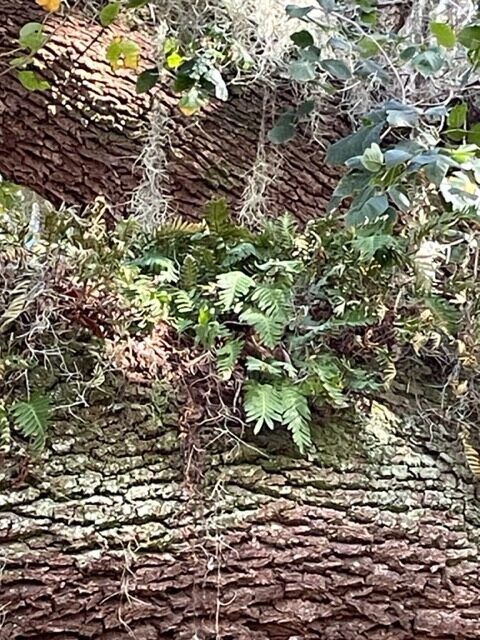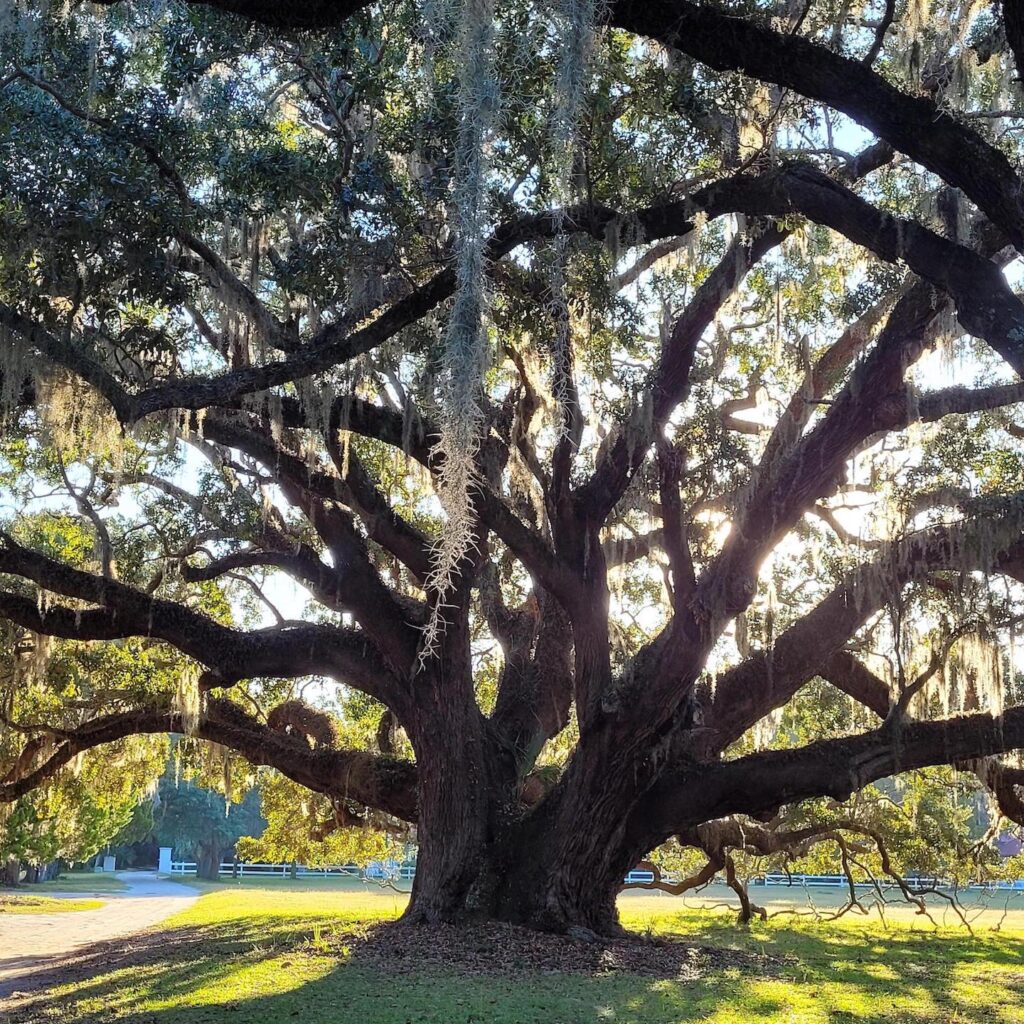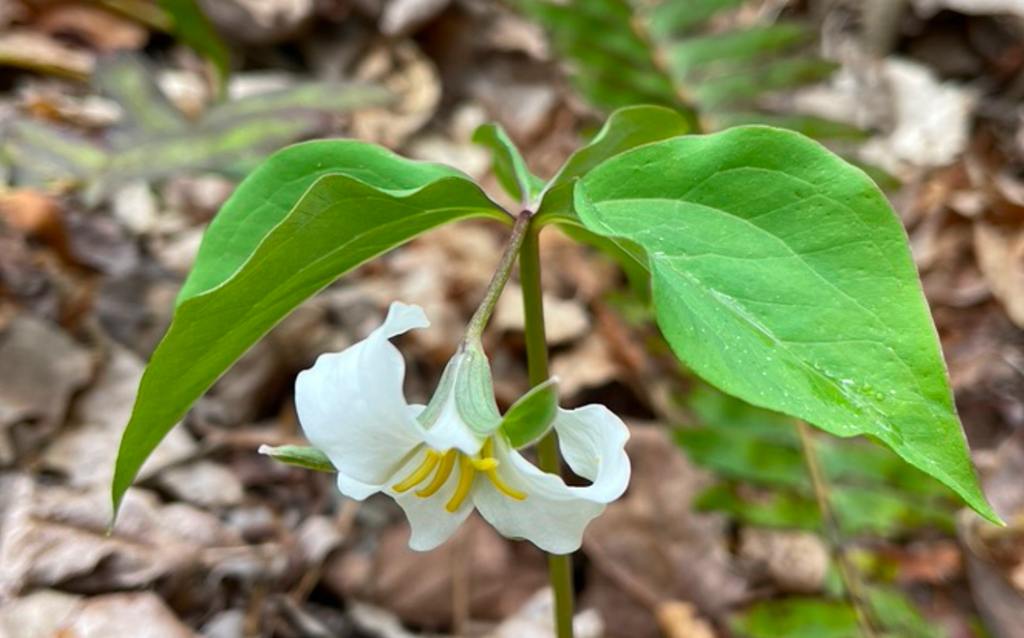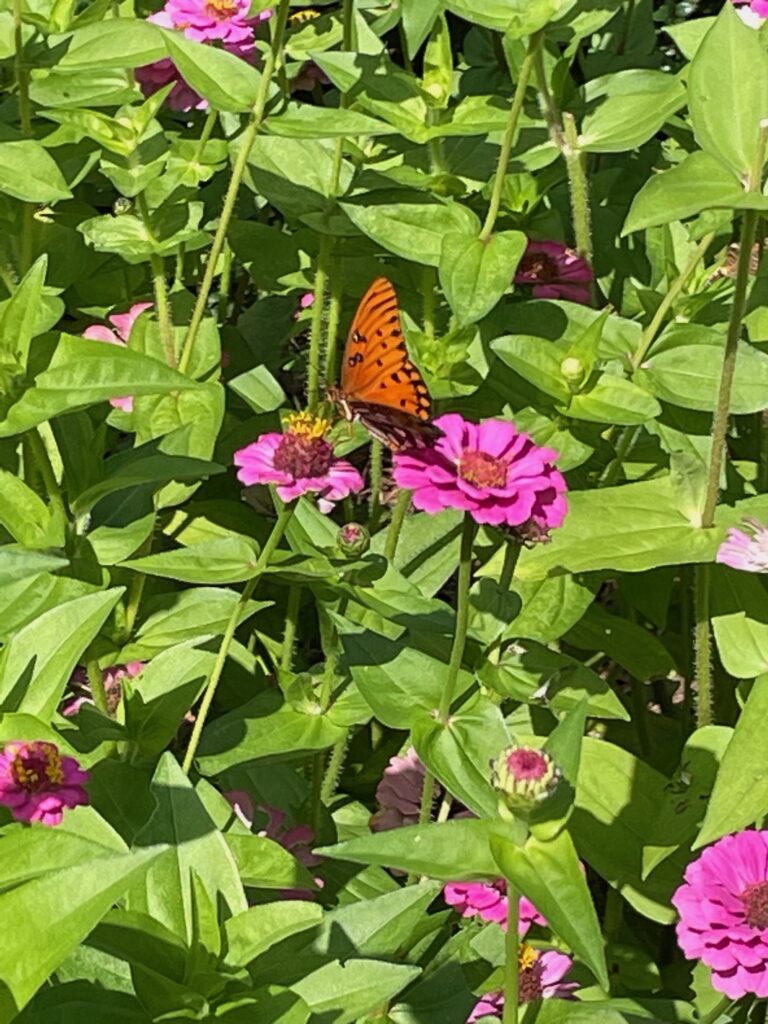Sadie, my faithful sidekick, and I were walking from the house to my art studio one morning (a distance of about 120 steps). A sudden movement caught my eye and I looked up in time to stare straight into the eyes of a coyote. My backyard is fairly big (especially when I’m using a push mower to cut the “grass’) but our entire city lot is less than 1/3 acre so it’s not THAT big. Coming face to face with a coyote was startling, to say the least.

I grabbed Sadie’s leash so she wouldn’t give chase but I needn’t have bothered, I don’t even think she noticed. For the next two weeks, we saw the coyote – and (presumably) his mate several times. They came as close as the steps to the patio a couple of times but ran off when we turned on the lights and made some noise – or when Sadie finally realized there were coyotes in her yard and barked.
Coyotes are not uncommon in urban areas and many cities report having hundreds of these wild canines living close by. Coyotes will get into garbage and any food left outside and will occasionally attack and kill small pets that are left outdoors, which is tragic. But coyotes rarely attack humans and pose no real threat.

They are very clever and adaptable animals and have adjusted to city living with uncommon ease. They eat insects and fruit and rodents such as rats, mice and squirrels. Apparently they have a special love for wild persimmons and will eat the astringent fruit even before it fully ripens.
Two biologists from Georgia, Dr. Chris Mowry from Barry College and Dr. Larry Wilson from Emory University have formed the Atlanta Coyote Project with the goal of dispersing information and of keeping track of coyote sightings in our city. They have an excellent website which you should check out if you would like to know more about urban coyotes. https://www.atlantacoyoteproject.org If you live in the Atlanta area, you also might want to attend a talk to be given by Dr. Mowry, at Trees Atlanta on Jan 18th.
I suspect my coyotes are transient and will move on and I honestly don’t know if I’ll be sad or happy when they do. I’m just not sure how I feel about having coyotes so close by. They pose no real threat to me or to Sadie, who is a medium sized dog and able to take care of herself and I love the thought that they would keep the squirrel population in check, but it seems that the wild things should be found in the wild and not roaming city streets.
I didn’t invite them here and will have no part in trying to get them to leave. Their presence in my yard is a reminder that I am just a tiny part of nature and that once again, my role is to observe and do no harm.




























